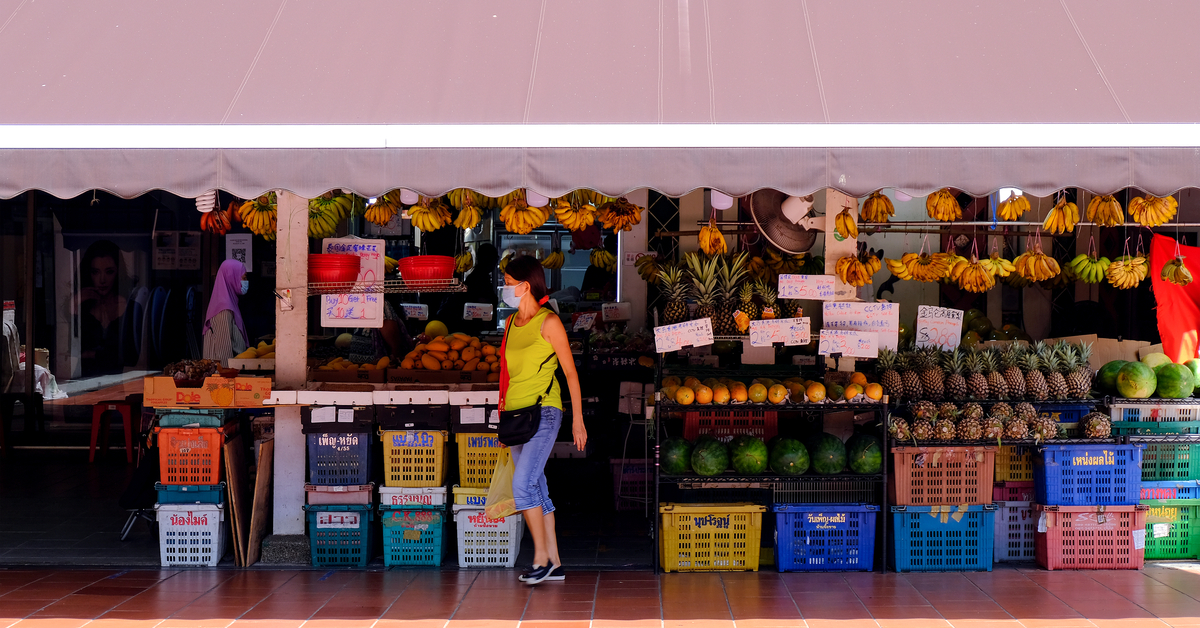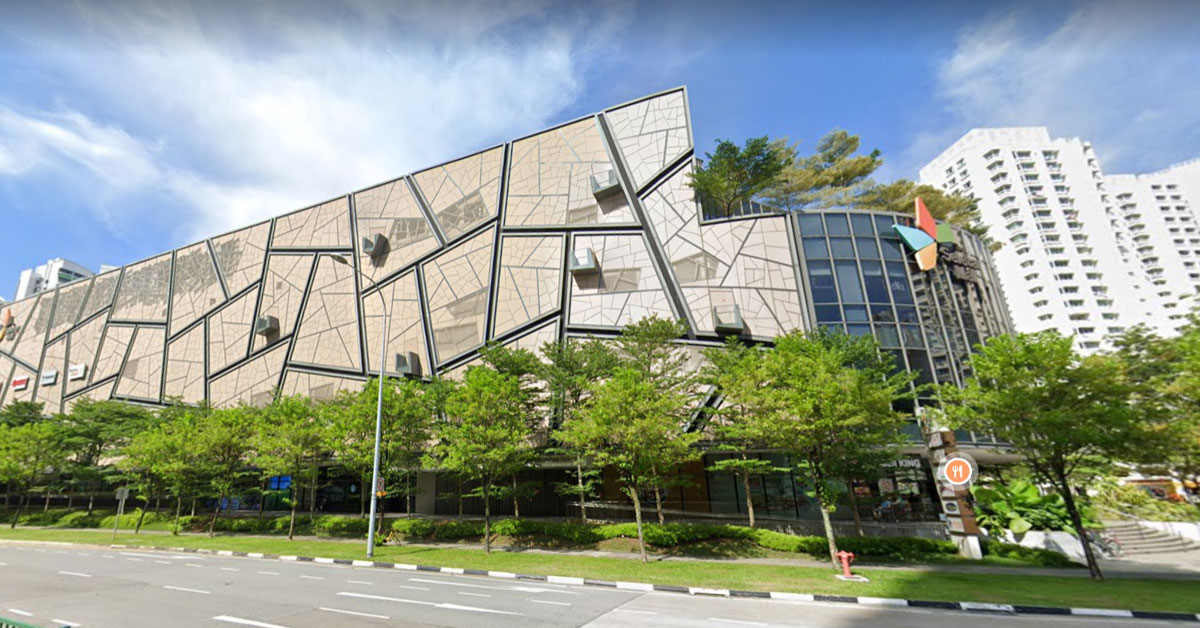There are three types of people now thanks to the COVID-19 pandemic:
- Those who’ve always enjoyed going out and was itching to during the Circuit Breaker
- Those who it made little difference to as they’ve always liked staying at home
- And finally, those who’ve been conditioned into being a serious homebody who’s lazy to leave the house after spending the entire Circuit Breaker at home, which is most of us.
Thanks to the emergence of working-from-home and only leaving the house for necessities as part of social distancing, many Singaporeans are warming their couches even more this pandemic, which has also affected the way we buy things.
Increase In Neighbourhood Spending
While you may not have frequently visited your neighbourhood mamak store on a regular basis in the past, the unwillingness to travel out to town or other commercial areas to buy your necessities might have just turned you into a regular customer of the shops near where you live.
Researchers at the Asia Competitiveness Institute (ACI), a local think tank in the Lee Kuan Yew School of Public Policy, did a study on the shifting consumer patterns in Singapore and revealed the findings at an online panel discussion on 12 Nov.
With the use of anonymised data from Mastercard, spending patterns were tracked from 7 April to 30 June, covering the entire Circuit Breaker period and two weeks into Phase 2.
It was found that there was a significant 8% increase in suburb spending as compared to figures before the pandemic as the business landscape has now faced a redistribution, said senior research fellow Dr Xie Taojun.
The team also said that this trend is likely to continue as long as people are still working from home and with safe distancing measures in place, with consumer spending having shifted from the city to the neighbourhood suburbs.
Spending in the Central Business District (CBD) and the city was significantly lower, while the retail businesses in heartland districts especially in the West saw a boost in sales. There was also a drop in spending in industrial areas such as Changi Business Park, which is understandable due to many non-essential services having closed down during the Circuit Breaker.
Saying that the findings were expected as consumers were patronising stores near them and spending shifted towards more populated residential areas, Dr Xie said that if office space remains occupied lesser in central Singapore, this redistribution of spending might become a lasting norm.
The return of tourists as a result of the newly arranged air travel bubbles may also be what it takes for the city’s retail businesses to bounce back.
Singaporeans Are Used To Online Spending
It’s obvious that online spending has become more widely used in this new normal, with the way you’ll never be able to escape hearing the torturous cries of Shopee or Lazada’s 11.11 jingles at least once a day.
Despite physical retail stores reopening after the Circuit Breaker, there was still no significant decrease in the level of spending on online stores, which had skyrocketed during the Circuit Breaker. This only solidified the fact that even when physical shops were available, Singaporeans still chose to patronise online stores as they had gotten used to it.
“Whether this is the new normal is yet to be seen, but it is clear that people have become used to online payments, and this will persist for some time,” Dr Xie added.
He also suggested that businesses relook and reorganise their business models to incorporate online or cashless payment while paying attention to consumer behaviour and spending trends.
Rebound For Retail In Other Countries
While we continue to sit at home and swipe for now, retail spending in other countries who have handled the pandemic well has been returning to usual figures.
Follow us on Telegram for more informative & easy-to-read articles, or download the Goody Feed app for articles you can’t find on Facebook!
Data from global database CEIC Data, September’s retail sales growth numbers have shown that these countries in Asia have seen a strong domestic recovery, said Mr Ling Hai, co-president for Asia Pacific at Mastercard.
Countries such as Taiwan saw a 5.8% growth in September’s retail sales, while South Korea’s growth accounted to 3.2%, figures that were close to that of those before the pandemic hit.
At home, domestic retail growth was recorded to be a negative 8.4% in 2019 and had only further declined this year to a negative 12.9% in September. Cross-border travel would be essential in hopefully overcoming this challenge, for international trade and tourism affects economies greatly.
On the bright side, at least many small neighbourhood businesses that may not have gotten many customers in the past are now seeing an increase in business, which is especially important for their livelihood in this tough economy.
Featured Image: kandl stock / Shutterstock.com




